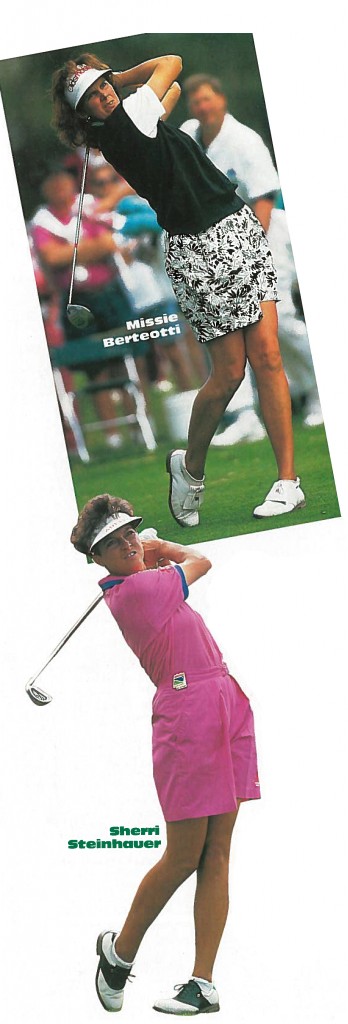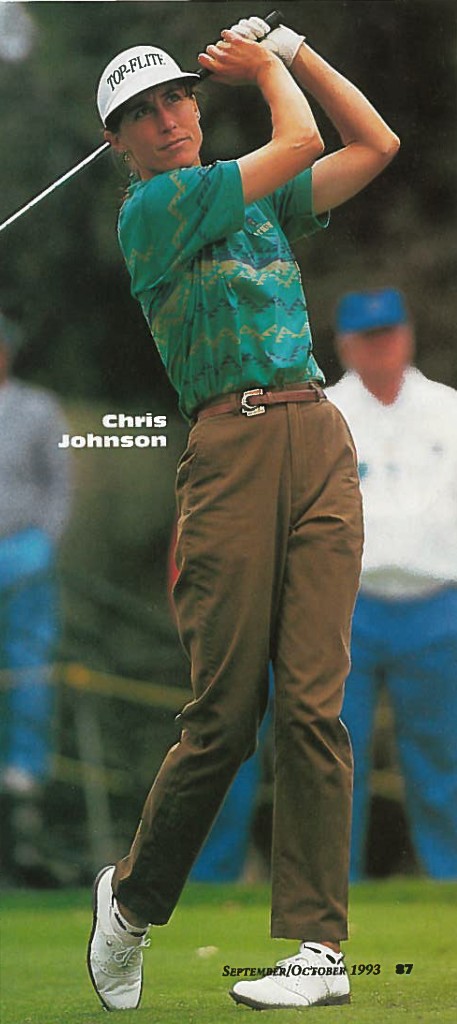PART II (Conclusion): At the Finish
Continued from blog entry – “Checkpoints . . . PART I”
.
When I see a student for the first lime, I observe certain pre-swing and in-swing positions for instant information, Setup, posture, and swing plane are all important feedback sources. But the finish is ripe with details which relate directly back to in-swing events, Here is what I look for In the finish and why (from right-hander’s view):
 .
.
- Footwork:
If the left foot is flat and The right foot stands vertically on The toe of the shoe at the finish, a complete transfer of weight In the swing has likely occurred. If severe creases appear in the right shoe near the toe area, The right foot Is probably supporting too much weight.
.
. - Hips:
When the knees and thighs finish very together, this indicates that the hips have rotated In a circular manner, effectively redistributing The weight from the right to the left side of the body. The hips play an important role in creating centrifugal force in the golf swing and an excess of lateral hip movement will both change the speed you are able to create and affect your angle of attack. Keep the hips rotating, not sliding.
.
. - Torso/expiration:
When I see a player’s chest cavity face a little left
of the target at the finish, I’ve usually seen a golf swing with a great deal of freedom, or lack of tension. If you reach this torso position and keep your arms supple and swinging tension-free, your swing expires—it isn’t stopped! In other words, freedom equals velocity. Body moves the arms, arms move the club, club moves the ball.
.
. - Balance:
Balance measures the physical pace a player is able to maintain control of in an ordered sequence of movements. In this case, a golf swing. I’ve never seen a great athlete in any sport who didn’t have great balance.
.
Let these pointers help you create a sound thought process of where you want to go with the golf club in your forward motion.
| YOU CAN GET A FREE VIDEO GOLF LESSON FROM TOM PATRI TO IMPROVE YOUR GAME!! Click Here. |







